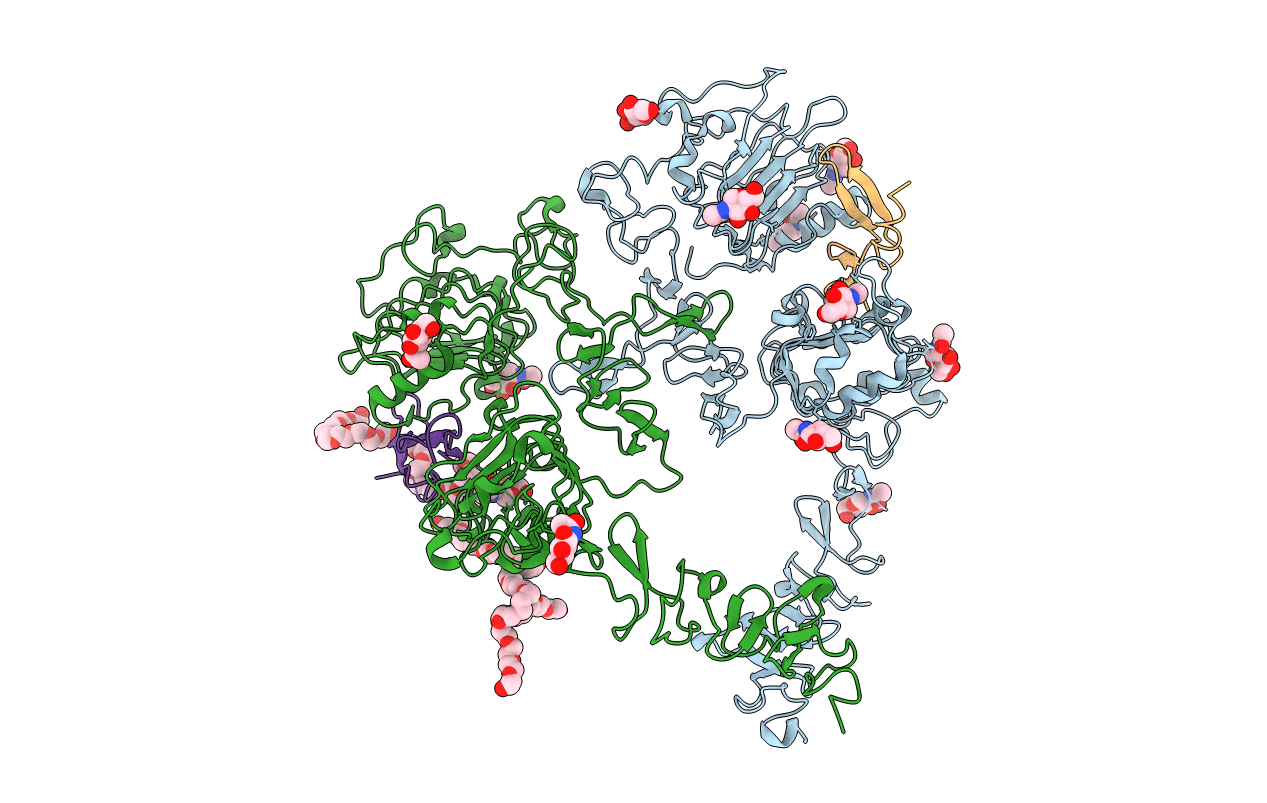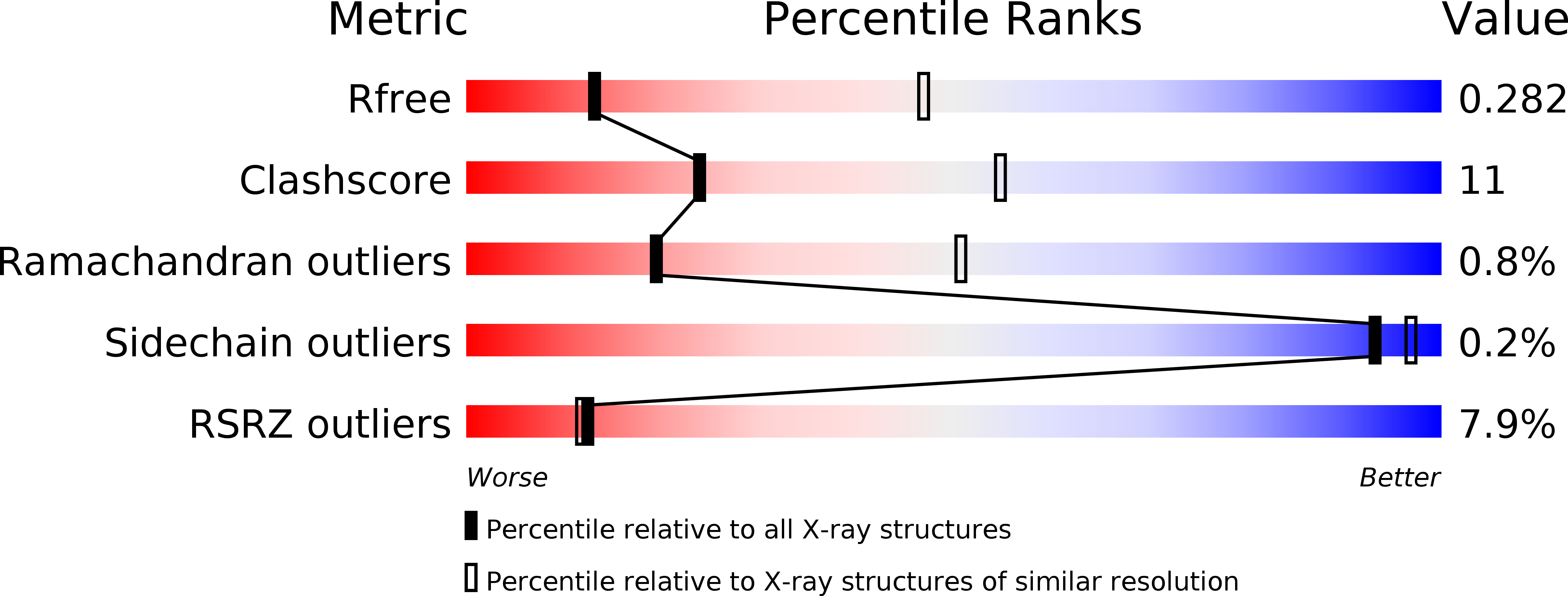
Deposition Date
2010-06-17
Release Date
2010-10-13
Last Version Date
2024-10-16
Entry Detail
PDB ID:
3NJP
Keywords:
Title:
The Extracellular and Transmembrane Domain Interfaces in Epidermal Growth Factor Receptor Signaling
Biological Source:
Source Organism:
Homo sapiens (Taxon ID: 9606)
Host Organism:
Method Details:
Experimental Method:
Resolution:
3.30 Å
R-Value Free:
0.29
R-Value Work:
0.26
R-Value Observed:
0.26
Space Group:
P 31 2 1


